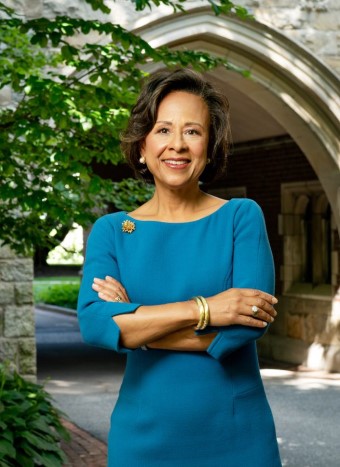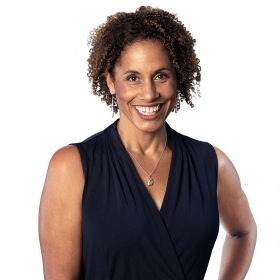
From the start, Wellesley College sought to empower students in service to a democratic vision of the greater good.
When the first Wellesley students arrived on campus in 1875, this entailed educating women to become teachers, with the goal of vastly expanding access to childhood education.
Now, on the cusp of our 150th anniversary, it is time to ask what it entails today—and what our path forward looks like.
It’s against this backdrop that we embark on the development of a new strategic plan, a document that will chart Wellesley’s course for the next five years and beyond. This process began last summer and is expected to take about 15 months, with the Board of Trustees slated to approve a final plan in October 2020—just under a year from when you’re likely to be reading this.
Even as our mission remains unchanged—to provide an excellent liberal arts education to women who will make a difference in the world—the realities that we confront have changed dramatically.
Most broadly, the world itself has undergone massive transformation. Wellesley came into being in the aftermath of the Industrial Revolution, which saw the rise of factories and mass manufacturing. Since then, we have seen a series of seismic shifts, including globalization and the so-called Digital Revolution. Today, some argue that we’re in the midst of a Fourth Industrial Revolution, characterized by technological disruption in areas including artificial intelligence, robotics, and virtual reality.
During this time, we have also expanded and enriched our student body, now diverse in ways that would have been unimaginable to Wellesley’s founders—diverse in nationality, race, religion, sexual orientation, physical abilities, socioeconomic class, political views, and so many other realms. Today’s students face challenges very different from those of past generations, many stemming from events far beyond campus: a fast-changing employment landscape, ever-widening levels of wealth inequality, curtailment of women’s health-care rights, not to mention the existential threat of climate change. The list goes on.







We ask that those who engage in Wellesley magazine's online community act with honesty, integrity, and respect. (Remember the honor code, alums?) We reserve the right to remove comments by impersonators or comments that are not civil and relevant to the subject at hand. By posting here, you are permitting Wellesley magazine to edit and republish your comment in all media. Please remember that all posts are public.